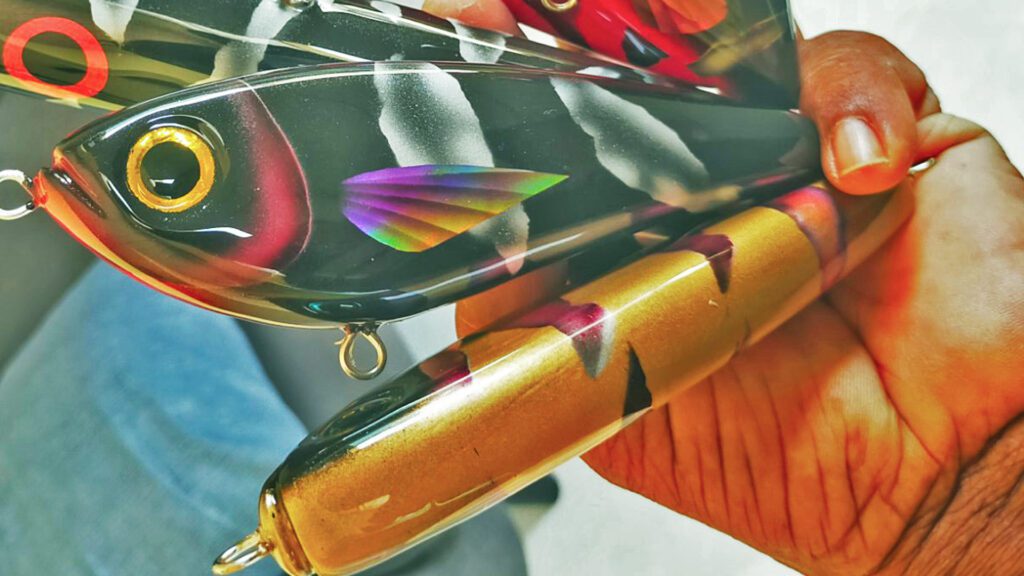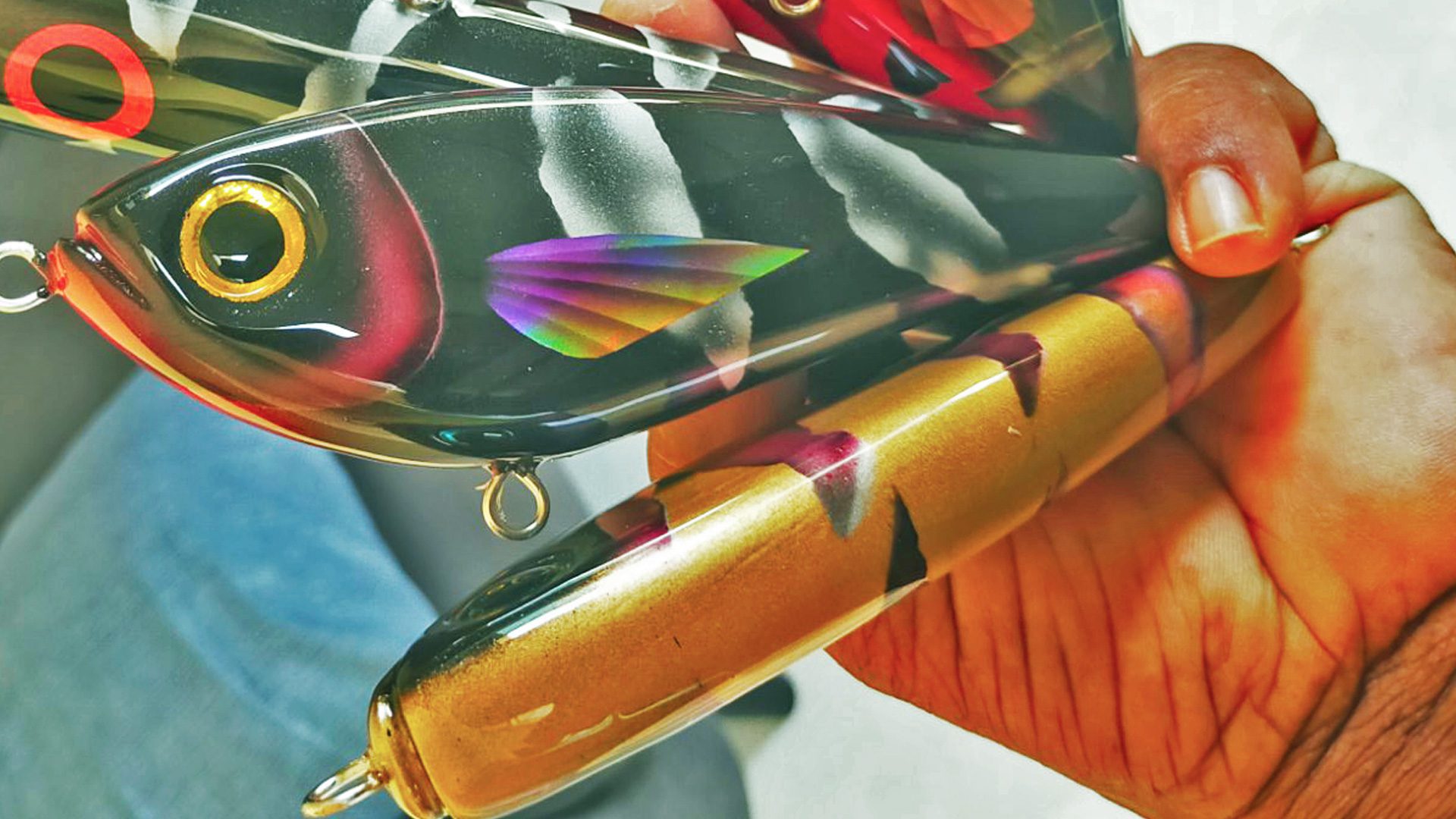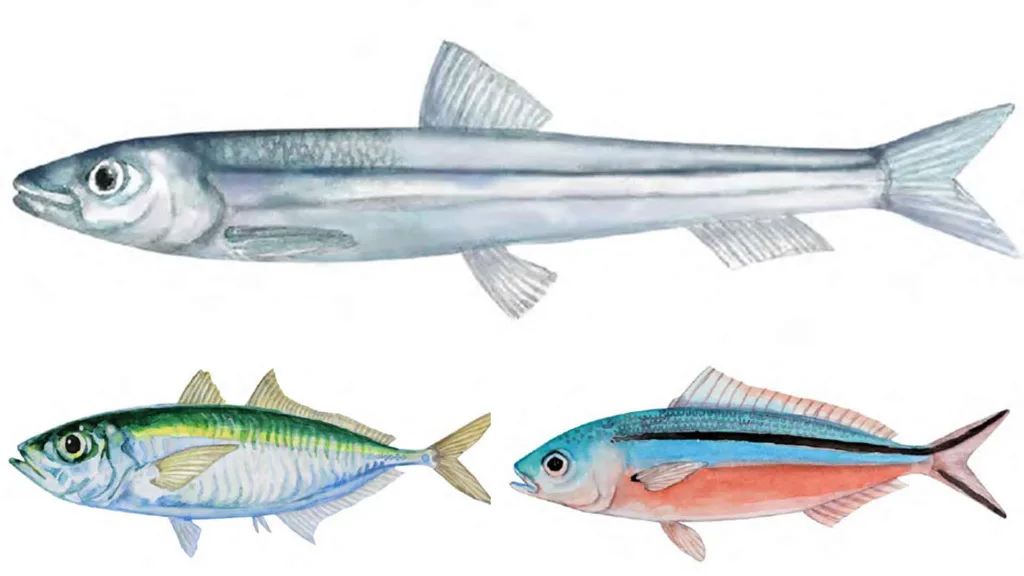
Stickbaits are hard plastic or wooden lures. These are tapered, streamlined, and sunk or suspended. Some people believe that at the beginning of the introduction of these lures, there were no built-in actions. But in recent years, when it is retrieved, side-to-side movements can be imparted. Stickbaits are normally handcrafted, portraying the realm of the artisan world.
Some anglers prefer fast retrievals. But many, including my uncle, who is an expert in stick bait design, prefer slow retrieval. Some of the most experienced stickbaiters in the world, such as Sami Ghandour of Saltywater Tackle, also insist on the same theory that my uncle holds. “Most fish don’t like a fast retrieve,” Sami said (Olander, 2021). He favors pauses to sink the bait into deeper waters. He advises allowing more time for lures that are cylindrical-shaped. According to Nomad Design lure-maker Damon Olsen, a slower retrieval with frequent pauses will work best.
This theory is again insisted on by Halco’s Ben Patrick. He also insists that a slower retrieve keeps the lure in the killer zone longer. Before casting, it is good to think about the condition as well. And the current direction. The stickbait should swim away from the predator. Varying the retrieval is also a technique you can use while others prefer maintaining a pace and cadence.
As for gear, many experts emphasize that for fishing subsurface stick baits, a stiff popping rod is less than ideal. Shimano’s Adam Lytton says that “these lures require the softer tip of a fast- or extra-fast-action rod” to work them optimally with varied retrieves.




